DJI Enhances Geofencing to Boost Airport Safety and Streamline Drone Use
Introduction of ‘Bow Tie’ Safety Zones Marks a Significant Improvement
On October 24, 2018, DJI, a dominant force in civilian drones and aerial imaging technology, unveiled a series of enhancements to its geofencing technology aimed at improving safety for aircraft in the vicinity of airports. These upgrades represent a forward-thinking approach to incorporating drone operations into the increasingly crowded airspace while prioritizing the security of manned flights.
Key Features of the New Geofencing System
The upcoming Geospatial Environment Online (GEO) Version 2.0 will introduce ‘bow tie’ zones, specifically designed safety areas that encircle runway flight paths. By employing intricate polygon shapes around critical facilities, rather than the previously standard simple circular boundaries, DJI aims to better reflect actual safety risks while still permitting more drone operations in lower-risk areas adjacent to runways. Brendan Schulman, DJI’s Vice President of Policy & Legal Affairs, heralded the updates as a major milestone, emphasizing their role in facilitating a smoother integration of drones into national airspace.
The GEO 2.0 enhancements are set to be phased in from next month, starting with the United States, while upgrades in other regions will follow shortly after. Users can find more comprehensive details about the new system and its features on the DJI Fly Safe website.
Collaboration with Experts and New Data Sources
To ensure the effectiveness of the enhanced geofencing shapes, DJI has partnered with PrecisionHawk, a new data provider that specializes in accurate geospatial information. This collaboration will replace AirMap, providing precise data essential for defining the boundaries around runways and sensitive facilities. This is part of DJI’s dedication to continually improve its physical and digital airspace safety measures.
Commitment to Safety Integration
DJI has a history of pioneering safety measures in drone technology, including the introduction of No-Fly Zones in 2013 and the GEO system three years later. These advancements have consistently recognized the importance of easing the operational hurdles for responsible drone pilots while maintaining a stringent safety framework. Schulman highlighted that these new geofencing enhancements are consistent with the objectives outlined in Section 384 of the U.S. Federal Aviation Administration (FAA) Reauthorization Act, which prohibits unauthorized drone flights in designated runway exclusion zones.
Industry Reactions and Collaborative Efforts
DJI’s latest updates have garnered supportive feedback from leaders in the aviation industry. Mark Baker, President and CEO of the Aircraft Owners and Pilots Association (AOPA), commended DJI’s leadership in developing these geofencing technologies. Baker highlighted the effectiveness of the revised systems in ensuring that all airspace users, both manned and unmanned, can enjoy safe and effective operations. Similarly, Justin Barkowski, Staff Vice President at the American Association of Airport Executives (AAAE), praised DJI’s initiatives to strengthen safety protocols around airport environments while simultaneously expanding operational areas for drone users.
The Path Forward for Drone Operations
As DJI continues to innovate and adapt its geofencing systems, the integration of safe drone operations into the aviation ecosystem appears promising. The updated GEO 2.0 not only seeks to establish clearer boundaries based on risk assessments but also ensures that drone pilots can navigate airspace with confidence and clarity. Equipped with advanced technology, DJI aims to ensure that the majority of drone enthusiasts, who prioritize safety and responsibility, have the tools they need to better understand and comply with airspace regulations.
Through collaborative efforts and ongoing research, DJI is setting a precedent in drone technology and safety, indicating a bright future for drone integration into our existing airspace system.


